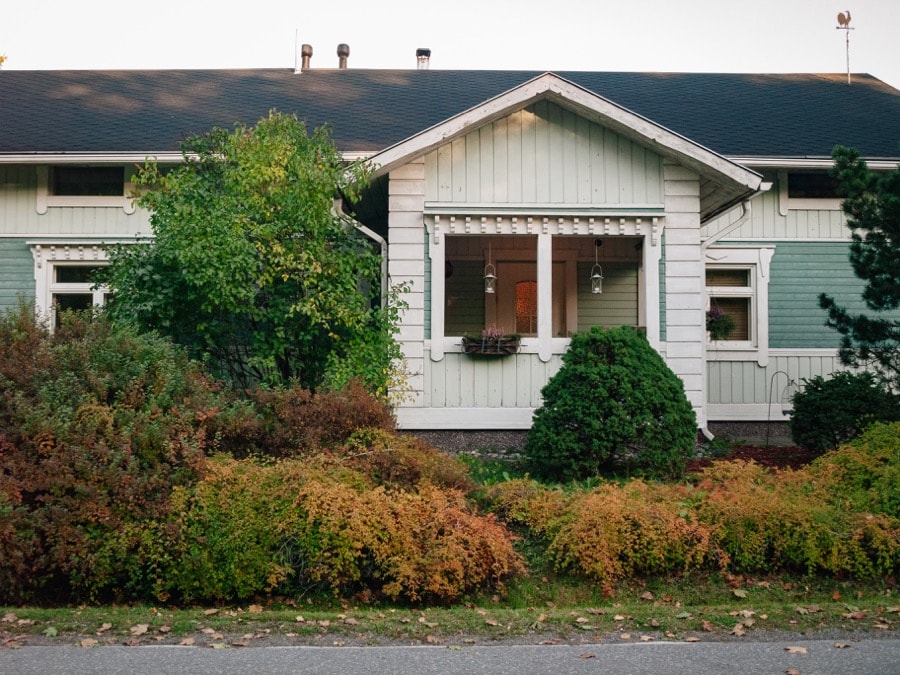Is your mobile home looking old and weak because of its skirting? Or do you no longer trust the skirting to do its job and want to remove it?
Mobile home skirting removal can look daunting at first, but it is actually a simple procedure you can do with a few household tools.
In this short guide, we’ll show you what you need to know about skirtings and the DIY 3-step process to remove them from your mobile home or trailer.
Let’s dive in!
Purpose and Benefits of Mobile Home Skirting
Mobile home skirting is installing material (plywood, vinyl, faux rock, metals, etc.) around the base of your mobile home to cover it. Why does that space need to be covered? To prevent animals, insects, and rodents from entering the space, living there, and causing damage.
It also protects against the buildup of snow and water under the home. This shields your plumbing from freezing, helping you be more efficient with heating and cooling. It also reduces how much heated or cooled air leaves your home, so you spend less on energy bills.
Apart from its protective functions, it makes the home look finished and can serve as storage under your porches and decks. Plus, if you ever desire to sell the home, the proper skirting will get you a higher value.
It is such an essential component in mobile homes that insurance companies encourage it with rates reduction and some states make it a legal requirement to install it in manufactured homes.
Skirting Solutions for Mobile Homes
Since skirtings are so amazing, what options are available and what are their pros and cons?
1. Vinyl Skirting
Vinyl skirting is the most popular amongst mobile home owners because it’s affordable, easy to install, and attractive.
But here’s the kicker: Compared to other types of skirtings, it isn’t sturdy. It can’t withstand strong winds, high-moving waters, and snowstorms. It is so fragile that you can’t use a weed whacker near it.
To maintain it, wash it often because painting is not ideal.
2. Faux Rock
Faux Rock is also popular amongst mobile home owners because it’s sturdier than vinyl skirting and looks like rocks from a distance. Weed whackers don’t easily damage faux rock skirting, so you can use them close by with relative peace of mind.
It is made from polyurethane and is pricey.
3. Metal Skirting
This is made of thin sheets of metal so it’s much stronger. It can withstand strong winds and running water better. Also, metal skirtings are easily available and affordable. They’re also easier to install than vinyl and wood.
These attributes make it the preferred option among most mobile home owners. They can be painted to make them look more attractive and the right paint also prevents corrosion on contact with water or snow.
But here’s the downside: If you are interested in retaining heat and saving energy, metal is not the best option for you. It is not a great insulator.
4. Wood Skirting
Another strong option is wood skirting, which is also a popular choice. But they easily fall prey to decomposition and insect attacks. However, you can place a water-resistant material beneath the wood skirtings to prevent them from absorbing moisture. This would ensure better durability.
5. Foam Skirting
Foam skirting is also a common material used in mobile homes. Depending on the type you need, you can either use it on its own or combine with other materials to boost its durability. It is not a powerful skirting.
6. Other Skirting Solutions
Besides the five above, you can use skirting made of concrete or built with bricks. These are stronger and resist erosion, pests, and rot. They can be tough to install but stand the test of time better than most.
When to Remove Your Mobile Home Skirting
As a mobile home or trailer owner, it’s wise to always inspect your home after the change of every season. While inspecting the exterior, you’ll look at the skirting to see how they’ve weathered severe storms, huge running water, and/or frost.
If you notice any damages, repair them immediately. These damages could be:
- Rust
- Discoloration
- Fungi formation
- Holes
- Deformed panels
- Termites damage
And a lot more.
If the damages are severe, then the skirting needs to be completely removed and replaced.
You’d also want to remove mobile home skirting when you want to repair the old one, replace it with a new one, move or remove the mobile home.
In any of those cases, here’s how to do it:
How To Remove Mobile Home Skirting
When skirting panels rot, fall apart, or are damaged, your home is left exposed to flood and storm damage. The base of your mobile home becomes home to rodents and other animals.
And when insects join them, they degrade the building materials. If unchecked, everything eventually falls apart.
But you can stop that before it even begins by keeping your skirting in tip-top condition.
Here’s how to replace them in 3 easy steps:
1. Inspect the skirting
Look at the state of the skirting. Do you find any issues? Pay attention to the trim, and any loose panels, joints, or nails sticking out of damaged pieces. If you haven’t already, wear a glove and prepare for the next step…
2. Lift the trim around the panel you want to remove
Unsnap the trim if needed. Or hold it open with a crowbar while moving on to step 3…
3. Pull the panel
You can pull it upwards from the top or pull it downwards from the bottom. Panels (especially vinyl) are interlocked with each other — male to female. The right one locks into the left one. So, release the left one a little to pull out the panel you want easily.
Conclusion
What’s easier than doing this yourself is calling on a professional to help. The cost of replacing mobile home skirtings easily runs into thousands of dollars.
If this is one of the so many other problems you have with your mobile home, and it’s getting quite expensive to fix one problem after the other, a better solution is to give it away.
If you choose to donate your mobile home, we’ll help you remove it from your land for free. Reach out to us and we’ll take you through our free mobile home removal process.


